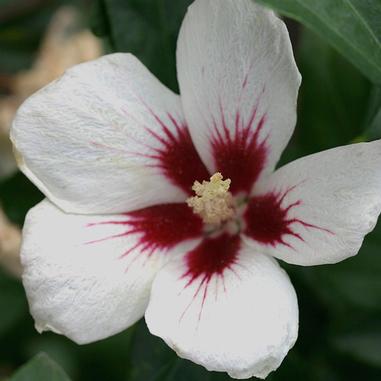The wind heaved a long and persistent sigh that rattled the leaves into an eerie whirr. The limbs slumped and shirked in the suppressive heat and humidity as a few leaves became untethered and drifted towards the ground. August had been unkind, and her battle lines drawn. Had we done enough? Had we done too much?
Trees can sometimes be an after thought to our lawns and gardens. Although September brought some much-needed rain, was it enough? Wilted, curled, yellowing or undersized leaves and/or sparse canopies are all tell-tale signs of a trees’ need for water. Early fall color can also be indicative of dehydration.
A great way to confirm your suspicions is to dig 6-8″ deep into the soil under the tree. If adequately hydrated, the soil should be cool and moist. Conversely, if dehydrated, the soil will be dry and crumbly.
Established, mature trees should be watered once or twice per month, depending on rainfall. When rain is sparse as it has been for most of the Summer, more watering may be needed. Trees require deep, infrequent watering, so plan on employing a soaker hose.
Younger or transplanted trees require a little more care and intervention, at least for the first few years as a lot of energy is directed towards developing their root systems. As a general rule, the soil around the tree should be moist. To confirm, insert a garden trowel about 2″ into the soil and wiggle back and forth to create a small trench. Ideally, the soil should be moist, not soggy or muddy. If the soil is dry and crumbly, employ a soaker hose or even a gator bag or tree diaper (yes, they do exist!).
When trees are overwatered, the soil around the base of the tree may be consistently moist or soggy, and not just the very top layer either. Again, dig down 6-8″ to confirm. Foliage that may appear green and healthy may actually be quite fragile and break easily. Mushrooms, moss and algae growing around the base of the tree are also signs. Too much water may cause root rot as the tree is unable to properly oxygenate.
Although it is true that most trees have deep, complicated root systems that are able to reach water and nutrients most plants cannot, and have managed to survive for many years without our intervention, it is still imperative we pay attention and heed the signs of a tree in distress, whether it is dehydrated or drowning.
If you have concerns, or are simply not sure what your trees are telling you, feel free to reach out to Sweeney’s. Together we can insure the health of your trees for many years to come.
Plant of the Week

Lil’ Kim Hibiscus
Dwarf Rose of Sharon with masses of lovely white flowers with showy red throats bloom July – September. Prefers full sun and moist, well-drained soil. Grows 3-4′ tall and 3-4′ wide. Attracts butterflies and hummingbirds. Heat, drought and salt tolerant.
“God has cared for these trees, saved them from drought, disease, avalanches, and a thousand tempests and floods. But he cannot save them from fools.”
-John Muir
Best wishes,
Kim Sweeney
